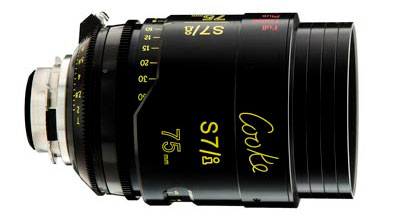NAB has been a godsend for cinematographers and shooters reveling in the latest professional lens offerings.
Among the manufacturers, Leica introduced the Thalia line of lightweight lenses from 24mm to 180mm. These spectacular new lenses are a technological tour de force, and with an image circle of 60mm, the Thalia series can cover any film or video format you have in mind, including the ARRI Alexa 65.
Zeiss introduced its own line of high-performance optics. The economical CP.3 XD series features interchangeable mounts, full-frame coverage, and a nifty data communication system that provides details in real time regarding lens distortion and shading. The lens settings are captured in the metadata for each frame, obviating the need for shooters’ assistants and/or DITs to record such data for each shot or setup.
Cooke launched its exquisite S7/i Full Frame Plus series of lenses with a 46.31 mm image circle sufficient to cover the Red Weapon 8K.
And Sigma, not to be outdone, introduced a rugged line of prime and zoom cine lenses, offering shooters remarkable performance with a gorgeous look and feel for not much money. The hefty Cine FF 18-35mm T2 zoom is very sharp throughout its range, and may just be the best value in a professional zoom lens today.
So what is there to gripe about?
The quality and value of the new lenses are undeniable. Precisely constructed of high-quality white glass, these optics invariably feature multiple coatings (10 or more layers on critical elements) in order to reduce chromatic aberrations, maintain sharp focus, minimize flare, and maintain a flat field to the edges of the lens.
These are major accomplishments. Lens manufacturers should be applauded by the appreciative camera-men and -women they serve. The problem is, given the current trends and fashion, what do many camera-men and -women then do?
They project a strong light down the lens barrel to induce the maximum flare possible, employ heavy diffusion filters to reduce resolution and sharpness or, worse, request a set of the aforementioned seriously high-quality lenses stripped of their coatings.
Yeah I know. It’s all about the storytelling.
But still I ask: What’s wrong with this picture?



